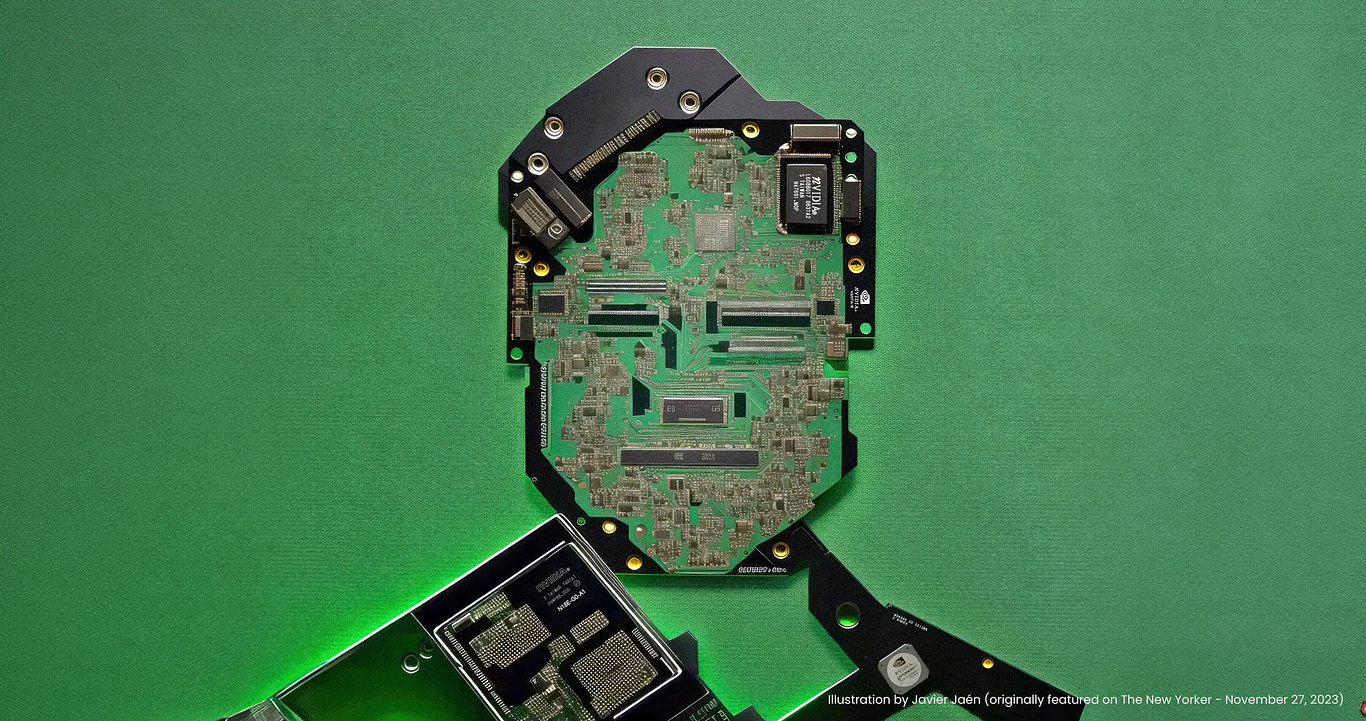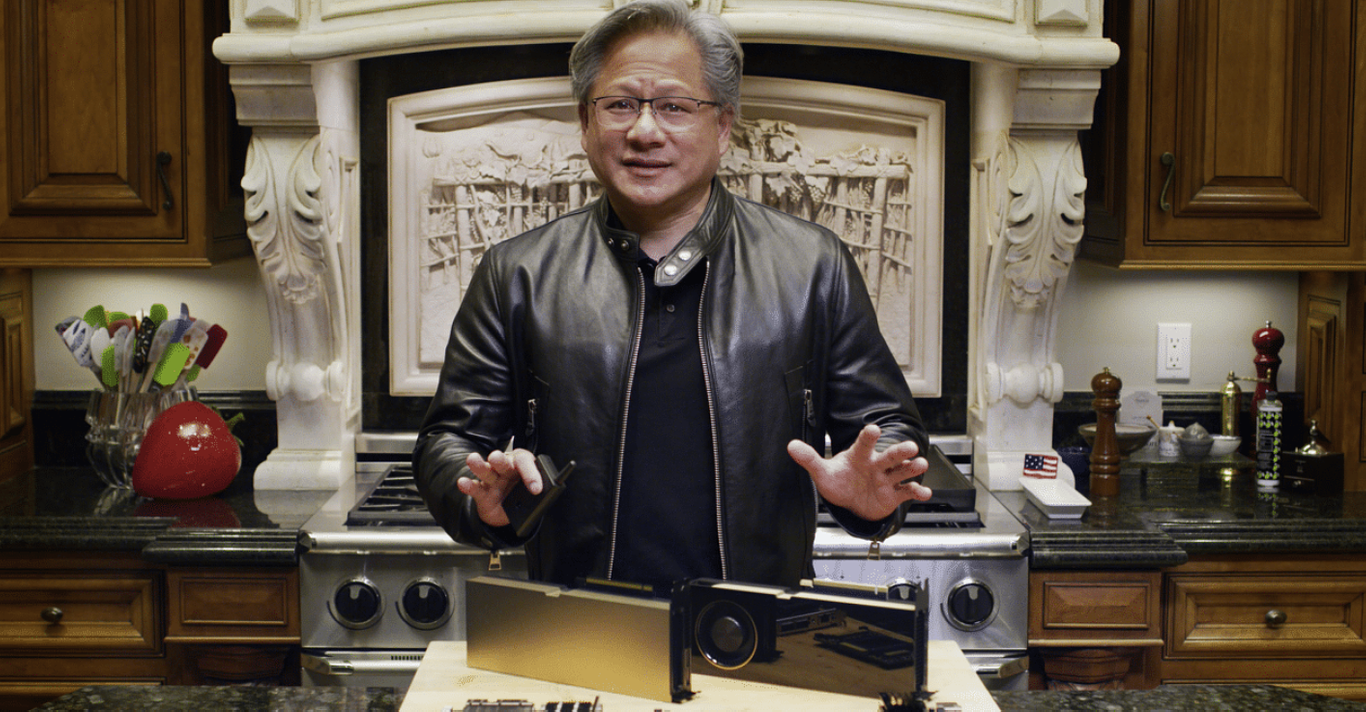
Business In Archviz
From Pixels to Possibilities: NVIDIA's Risky Pivot to AI
NVIDIA's story isn't merely one of pixels and polygons; it's about riding the crest of a technological revolution: the ascent of Artificial Intelligence. Once synonymous with high-end graphics cards for gamers, NVIDIA has transformed its core technology, the Graphics Processing Unit (GPU), into a potent engine for AI's complex algorithms. According to sources, NVIDIA's CEO Jensen Huang said in an internal email that everything is moving to deep learning and NVIDIA is "no longer a graphics company", which is a bold statement, to say the least.
This shift, fueled by recognizing the GPU's unparalleled parallel processing prowess, has propelled NVIDIA to the forefront of the AI revolution.
This shift, fueled by recognizing the GPU's unparalleled parallel processing prowess, has propelled NVIDIA to the forefront of the AI revolution.
But how, exactly, do these GPUs power the intricate calculations of AI? Imagine them as miniature factories on silicon, each core humming with its own computational power. Unlike standard CPUs, designed for sequential tasks, GPUs excel at handling thousands of calculations simultaneously, perfectly suited for AI's data-hungry algorithms. This parallel processing architecture allows NVIDIA's hardware to:
- Train AI models with lightning speed: Think of AI models as intricate neural networks, learning from mountains of data to achieve tasks like recognizing patterns, understanding language, or even generating creative content. NVIDIA's GPUs accelerate this training process exponentially, crunching through data sets in hours that would take traditional CPUs weeks.
- Deploy AI applications at scale: Once trained, AI models need to be put to work in real-time, whether it's powering self-driving cars, analyzing medical images, or personalizing online experiences. NVIDIA's GPUs provide the robust performance and efficiency needed to handle these demanding tasks in real-world applications.
- Develop specialized AI hardware: Recognizing the diverse needs of various AI applications, NVIDIA has gone beyond general-purpose GPUs. They've created dedicated AI accelerators like the DGX H100, monstrous racks of interconnected GPUs specifically optimized for high-performance AI workloads.
Now, while not NVIDIA's core focus, these advancements in AI have the potential to ripple into the field of architectural visualization. Imagine sketching a basic outline, and AI instantly crafts a stunning 3D model, complete with realistic textures, lighting, and even furniture. Hyper-realistic renderings, conjured in seconds with weather effects and bustling crowds, could revolutionize communication between architects and clients.
However, this AI-powered future comes with its own set of challenges. Ethical considerations, accessibility, and potential job displacement demand careful navigation. Still, NVIDIA's journey, powered by the relentless hum of its AI engines, holds the potential to not just shape the future of AI, but also to reimagine the way we envision and communicate the very spaces we inhabit.
And in case you're still wondering if NVIDIA's shift was the right decision, Huang's bet on AI seems to be paying off: in 2023, NVIDIA became the sixth most valuable company in the world, surpassing the value of Walmart and ExxonMobil combined.
Source: The New Yorker
However, this AI-powered future comes with its own set of challenges. Ethical considerations, accessibility, and potential job displacement demand careful navigation. Still, NVIDIA's journey, powered by the relentless hum of its AI engines, holds the potential to not just shape the future of AI, but also to reimagine the way we envision and communicate the very spaces we inhabit.
And in case you're still wondering if NVIDIA's shift was the right decision, Huang's bet on AI seems to be paying off: in 2023, NVIDIA became the sixth most valuable company in the world, surpassing the value of Walmart and ExxonMobil combined.
Source: The New Yorker
You must be logged in to post a comment. Login here.
About this article
NVIDIA, led by CEO Jensen Huang, has transitioned from a gaming GPU manufacturer to an AI powerhouse. This strategic shift leverages GPUs for AI's demanding computational needs, impacting various industries, including Architectural Visualization.
visibility266
favorite_border0
mode_comment0







